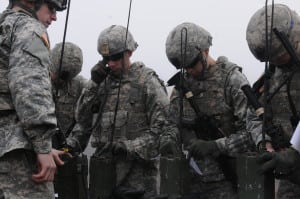
During a multiyear restructuring of the Army’s future battlefield communications network, the service will drop components that do not work, fix those that can be repaired or reconfigured and then “pivot” to a new system that can withstand the rigors of future battlefields.The service has adopted a three-pronged strategy to address concerns that several programs within the Army’s network modernization effort – most notably the multi-billion-dollar Warfighter Information Network-Tactical (WIN-T) – were eating up funding without producing operational capabilities.Acting Army…

 By
By 











